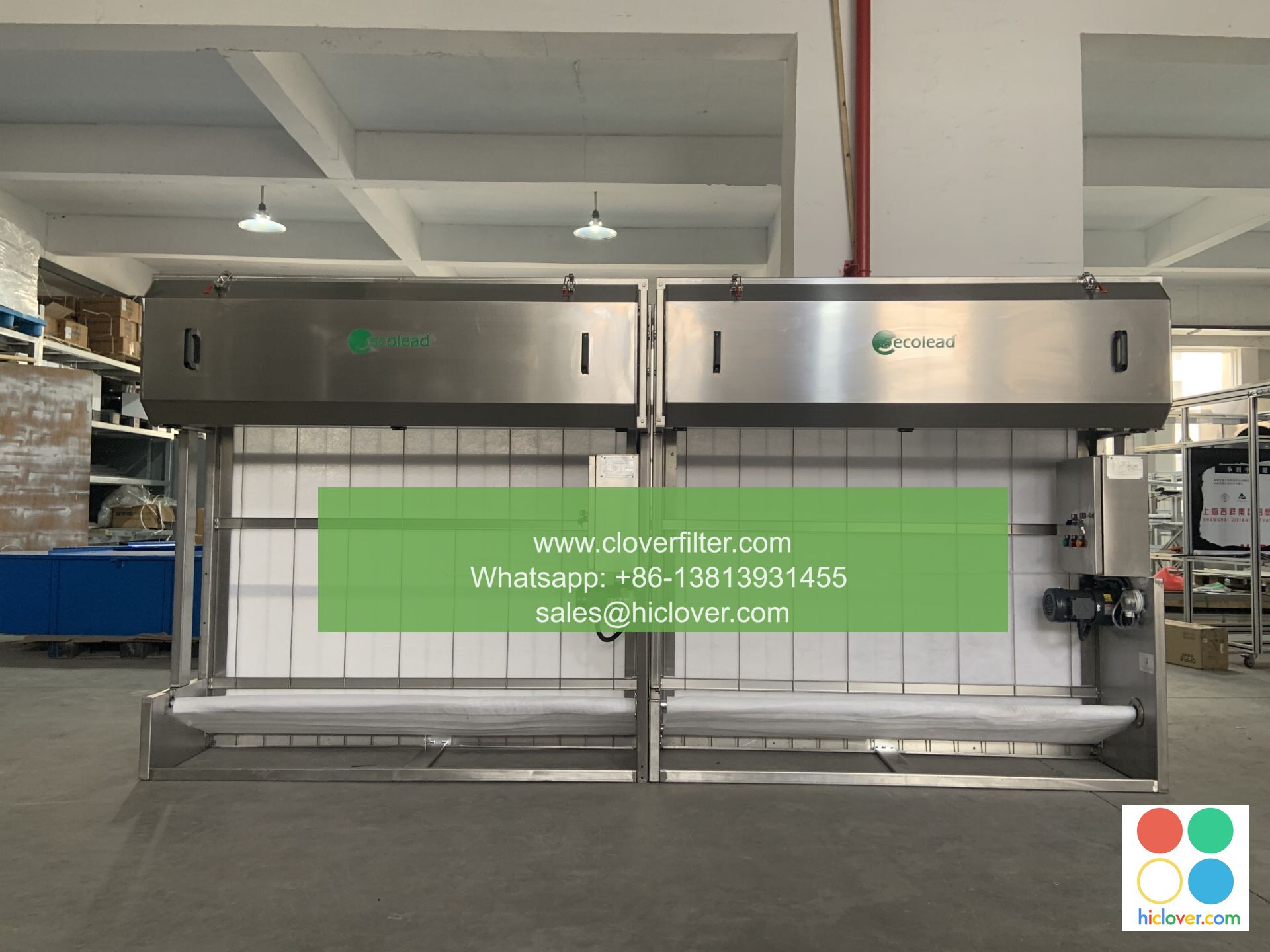The Science Behind How High-Performance Air Filters Remove Vapors

The Science Behind How High-Performance Air Filters Remove Vapors
Introduction
High-performance air filters are designed to detect and remove even the smallest particles and contaminants from the air, including vapors. Vapors are a type of volatile organic compound (VOC) that can be found in a variety of sources, including household goods, cleaning products, and pesticides. In this article, we’ll explore the science behind how high-performance air filters remove vapors and highlight the various application areas where these filters are essential.
The Science of Vapor Removal
High-performance air filters use a combination of materials and technologies to capture and remove vapors from the air. These filters typically consist of a substrate, such as activated carbon or zeolite, which is designed to attract and absorb vapors. The substrate is often paired with a membranes or other media that work together to filter out even the smallest particles and vapors.
How High-Performance Air Filters Remove Vapors
- Adsorption: High-performance air filters use adsorption to attract and capture vapors. Adsorption is the process by which a substance is attracted to and held by a surface. In the case of high-performance air filters, the surface is a substrate made of activated carbon or zeolite, which is designed to attract and hold onto vapors.
- Adsorption vs. Absorption: While adsorption is often confused with absorption, there is a key difference. Adsorption is a surface-level process, where the substance is held onto the surface of the filter, whereas absorption is a bulk process, where the substance is absorbed into the filter. High-performance air filters use adsorption to remove vapors, rather than absorption.
- Activated Carbon and Zeolite: Activated carbon and zeolite are two common materials used in high-performance air filters to remove vapors. Activated carbon is a highly porous material that is designed to attract and hold onto a wide range of substances, including vapors. Zeolite, on the other hand, is a natural mineral that has a high surface area, making it ideal for capturing and removing vapors.
Application Areas for High-Performance Air Filters
- Air Quality Monitoring Systems: High-performance air filters are used in air quality monitoring systems to detect and remove vapors and other contaminants from the air. These systems are designed to provide accurate readings of air quality and to alert users to potential health hazards.
- Industrial Processes: High-performance air filters are used in a variety of industrial processes, including manufacturing, petrochemical facilities, and power generation plants. These filters help to remove vapors and other contaminants from process air, improving operating efficiency and reducing the risk of equipment damage.
- HVAC Systems: High-performance air filters are used in heating, ventilation, and air conditioning (HVAC) systems to remove vapors and other airborne contaminants. These filters are designed to capture even the smallest particles and vapors, improving indoor air quality and overall system performance.
Conclusion
High-performance air filters are designed to detect and remove vapors and other airborne contaminants from the air. By understanding the science behind how these filters work, it’s clear how they are able to provide a range of benefits, from improved air quality to reduced equipment damage. Whether used in air quality monitoring systems, industrial processes, or HVAC systems, high-performance air filters are an essential component of any comprehensive air pollution control strategy.
References
- EPA. (2020). Indoor Air Quality (IAQ) – EPA.
- American Society of Heating, Refrigerating, and Air-Conditioning Engineers (ASHRAE). (2020). ASHRAE Guideline 1-2020: Ventilation for Buildings.
- National Institute for Occupational Safety and Health (NIOSH). (2020). Total Worker Health – Occupational Safety and Health.
Keywords: High-Performance Air Filters, Vapor Removal, Air Quality, Air Pollution Control, Industrial Processes, HVAC Systems, Indoor Air Quality, ASHRAE, NIOSH.
It seems like you’re ready to get started! What’s on your mind? Would you like to:
1. Have a conversation? I can chat with you about anything that’s on your mind.
2. Ask me a question? I’m here to help with any query or problem you might have.
3. Learn something new? I can share some interesting facts, share a piece of trivia, or teach you a new skill.
4. Create something? I can help you write a story, write a poem, or even come up with a character name!
Just let me know what you need, and I’ll do my best to assist you!

